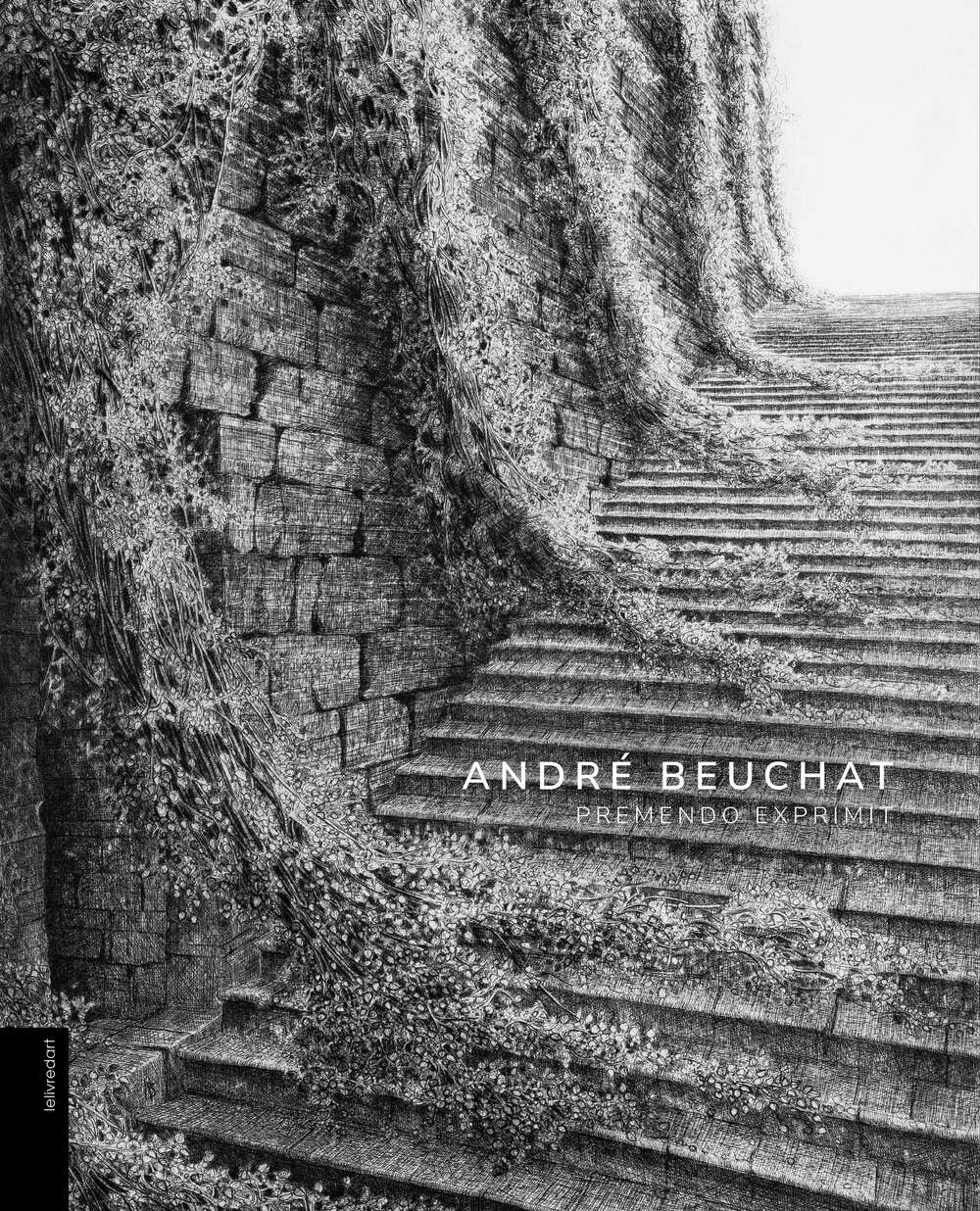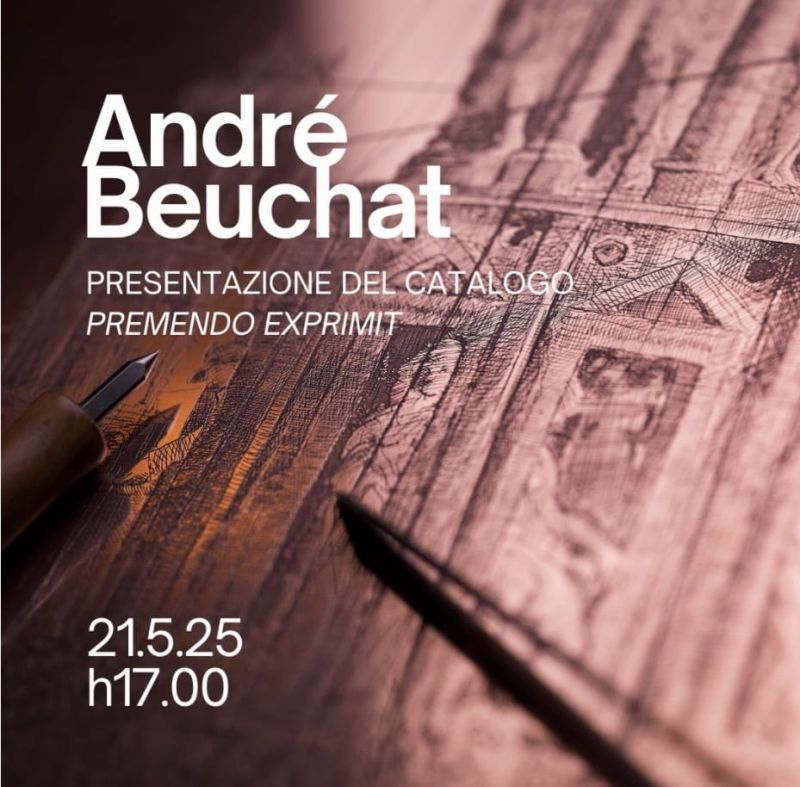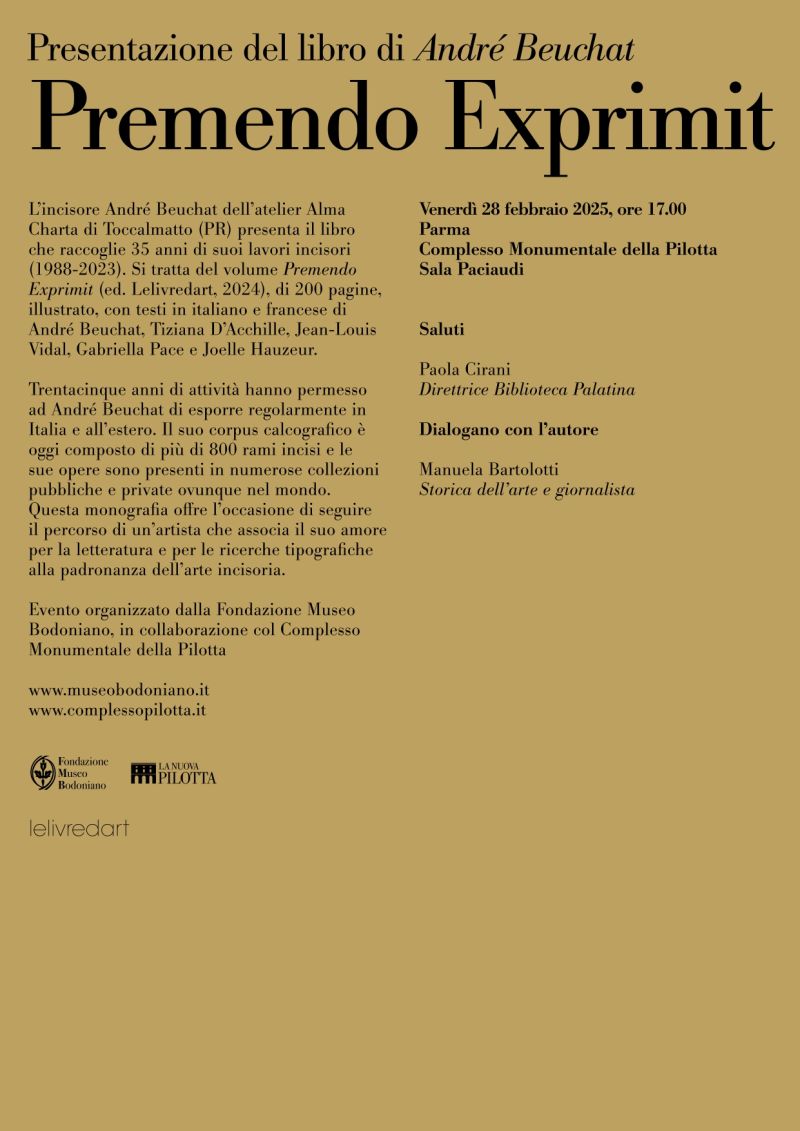In the Alma Charta atelier, the famous Latin proverb “In medio stat virtus” (“virtue stands in the middle”) is not just a moral teaching, prompting one to find the right balance between two extremes, but a very real geographical cue.
According to Swiss etcher André Beuchat – who opened Alma Charta in Toccalmatto, a suburb of Fontanellato, in the province of Parma – its perfect “middleness” is in the fact it is exactly as far from his hometown Neuchâtel and Rome, “caput e omphalos mundi” (Latin, again, for “head and navel of the world”).
While the interesting geographical explanation is Beuchat’s own interpretation, anyone who visits the atelier and sees him at work – with type, ink, paper, printing presses, copper plates, and burins – will agree on the “virtue”, and great quality, of his work.
The Virtue of art certainly has found a home in Toccalmatto.





.jpg)


